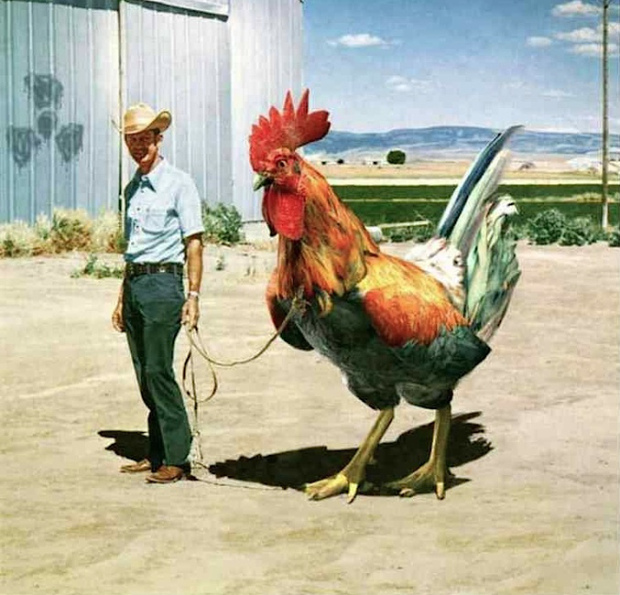
❝ In the 1950s, the U.S. poultry industry began adopting a new process: Acronizing. Ads that ran in women’s magazines pictured crisp-skinned whole chicken that tasted “fresh,” “wholesome” and “country sweet” thanks to a “revolutionary process which helps maintain freshness in perishables” like chicken.
❝ In reality, Acronizing referred to the use of antibiotics. Birds were doused in a diluted solution of antibiotics while they were being butchered. The goal was to keep the meat from spoiling, allowing birds to be sold not just days, but weeks after slaughter.
❝ But as Acronizing became widespread, so too did its misuse. Slaughterhouse workers didn’t always get training on how to use the antibiotics properly, and even those who did sometimes used way more of the drugs in their solutions than the manufacturers called for. That meant some birds might be getting far more antibiotics than could be denatured through the heat of cooking.
As Maryn McKenna writes in her new book, Big Chicken: The Incredible Story of How Antibiotics Created Modern Agriculture and Changed the Way the World Eats…”it was possible that housewives were unwittingly feeding their families tetracycline-laced fish and chicken. And doctors would soon discover that the people responsible for getting those proteins to dinner tables were being exposed to antibiotics in a manner that no one had accounted for.”
RTFA, an excerpt from her book…
Share this:- More





